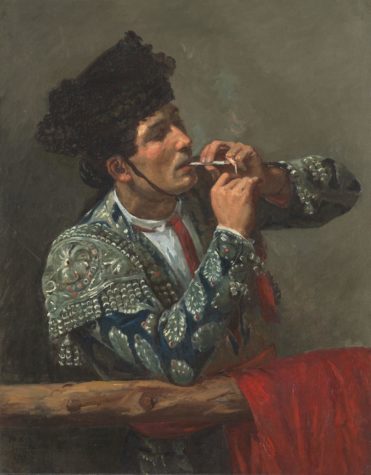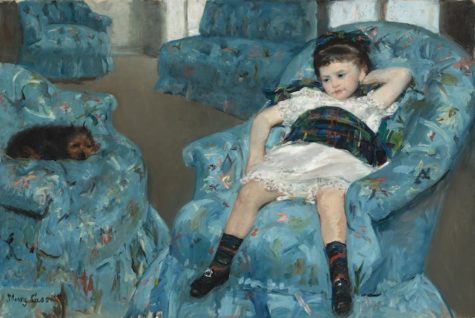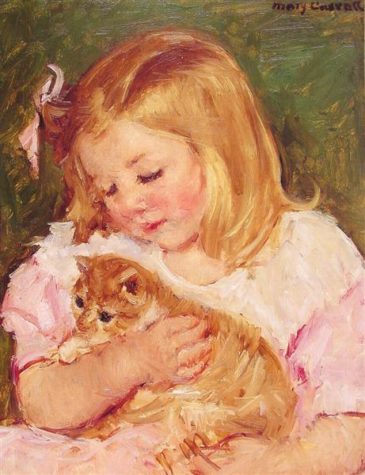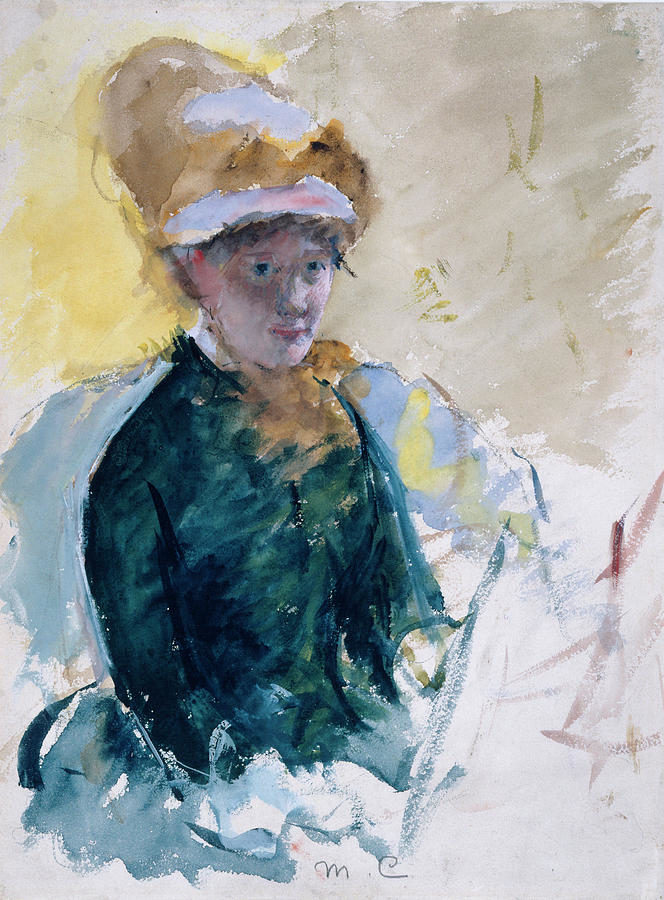Mary Cassatt
September 19, 2019
The undeniable truth of Realism is turning a mundane backdrop into a beautiful piece of art. However, few creators can ace this craft, particularly, the 19th Century artist Mary Cassatt.
Born in Allegheny, Pennsylvania, Mary Cassatt belonged to a high class family. Because of this, Cassatt had a private teacher, and her family traveled around Europe’s capitals for five years.
Although uncommon at the time because of her age and gender, Cassatt enlisted herself at Pennsylvania’s Academy of Fine Arts at the age of sixteen. Eventually, Cassatt began to resent the school’s slow pace and left the academy to study on her own.
In 1886, Jean-Léon Gérôme taught Cassatt in Paris after Cassatt moved there to further her artistic career.. However, this was down to her parent’s dismay; her father called her a ‘bohemian’ for choosing to leave home. Then, the Franco-Prussian War broke out and Cassatt soon found herself back home in Pennsylvania.

Eventually, in 1872, Cassatt found herself in the sublime city of Parma, Italy. Between 1872 and 1874, she traveled around Europe visiting Spain, Belgium, and Holland, all while studying other artists’ techniques and improving her skills.
“Why do people so love to wander?” is what Cassatt inquired before eventually settling down in Paris. She soon found herself apart of a group of artists that soon known as the “Impressionists.” Cassatt was the only American artist able to claim herself as a member of the group. The Impressionists soon advanced Cassatt’s career by showcasing her work with theirs in four of their eight campaigns around Paris.
Cassatt continued to grow in the art world, mostly known for her realism and portraits, until she briefly departed to care for her ill mother and sister in 1882. In 1910, Mary went on a trip to Egypt with her brother.
The trip didn’t help. Cassatt had become increasingly depressed while holding the ancient Egyptian’s art in a higher regard to hers. On the trip, her brother had contracted an illness back home. Emotionally and physically weak, Cassatt didn’t paint again until 1912. Sadly, just three years later, she gave up painting for the rest of her life as her diabetes condition took her vision away. And, just eleven years later, Cassatt died completely blind.
However, her art lives on. She has a completely different take on everything that surrounds us in today’s world.. In cases such as Little Girl in a Blue Armchair and The Mandolin Player, the colors and mixing add a whole new dimension to our mundane surroundings.

Even her portraits of plants, like Lilacs in a Window, perfects the beautiful things in our lives. My favorite paintings include After the Bullfight, Sara Holding a Cat, and the aforementioned, Lilacs in a Window.
Although she belongs among the likes of Vincent van Gogh and Leonardo da Vinci, Cassatt is unknown to most people today. Sure, her art isn’t as psychedelic and new, but it still pulls on the same strings in your heart. She traveled around the world, paintbrush in hand.

To the gray and murky streets of Philadelphia, to the sophisticated and clean rues of Paris, and the ancient roads of Rome, wherever Mary Cassatt traveled, splendid art would undoubtedly pursue.






Joshua Park • Sep 20, 2019 at 9:09 am
This is sick. Can’t wait to see more.
jswander • Sep 19, 2019 at 3:23 pm
Thanks for featuring an American artist (with European influence!).